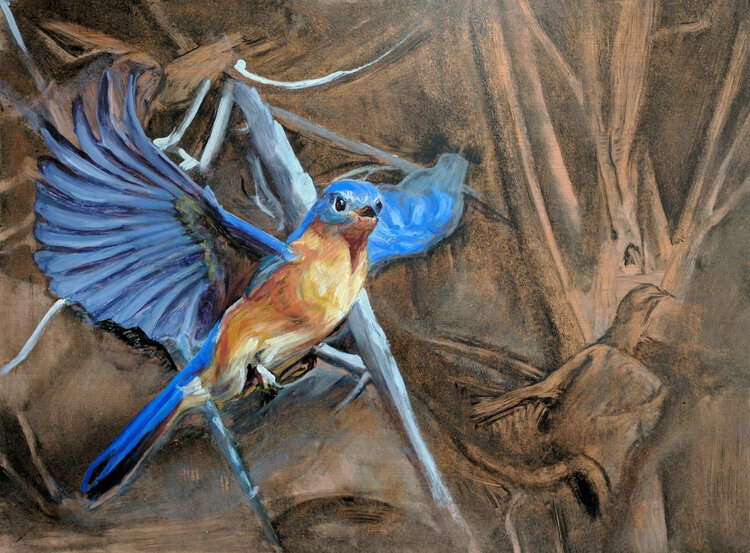Urban BIRDS in the spotlight
I designed BIRDLINK (public art installations that serve as deployable bird habitats) to build upon current work designing for ecological challenges to maintain biodiversity. In any setting, whether inner city, or other landscape, BIRDLINK channels the universal popularity of birds to interest people in habitat conservation and creation and offers an answer to the “what can I do?” question.”- Anina Gerchick (artist)It’s exciting to use ‘non-traditional’ field sites to collect data! Through this creative collaboration of art and science, we can gain insight into the importance of native green space in urban areas and its impact on wildlife and biodiversity. This approach to conservation instills a sense of local ownership and public stewardship in response to declines of naturally populated green spaces, essential pollinators, and diversity of bird populations in cities.”- Giselle Herrera (scientist)
Why ARE urban BIRDS IMPORTANT?
Urban birds are important for a wide variety of reasons. Among them - birds in urban areas, especially cities, remind us of nature and our connection to it; they also serve as indicators of health in the built environment. Some urban birds are resident; others are migratory. Many are also important seed dispersers, pollinators, and predators, including of insects and rodents. eaters.
WHAT ARE THE CHALLENGES BIRD FACE IN AN URBAN ENVIRONMENT?
Habitat loss: Lack of green space in cities contributes to the extinction risks now faced by one million plant species in addition to loss of habitat for birds, insects, and other animals.
Habitat loss: Declining insect populations creates food scarcity for birds.
Urban Heat Island effects exacerbate global warming in cities: Two-thirds of North American birds are at increasing risk of extinction from global temperature rise.
The Built Environment: bird collisions with reflective glass are associated with bird mortality.
what can WE do to help?
STUDY URBAN BIRDS
Read about the importance of urban habitats for birds in scientific literature and conservation organization reports.
Become a community scientist by participating in public scientific research. Look for opportunities where you can share and contribute to data monitoring and collection programs using your own instruments and tools like binoculars and smartphones.
Find out more about songbirds in your neighborhood, as well as other important insects, like butterflies and bees, which pollinate the plants we all rely on.
Learn from BirdLink installations and find ways to participate.
Artist / landscape designer Anina Gerchick and scientist / educator Giselle Herrera are collaborating to analyze the function and efficacy of their deployable bird habitats, called BirdLink. Their mission is to build networks of living habitat sculptures - vertical meadows of native plants - to support wildlife corridors for that provide habitats for songbirds, insect pollinators, and others in urban areas. By bringing native plants off the ground and presenting them in a living vertical sculpture, these installations allow viewers to learn about the concept of habitat restoration using native plants and see some of the insects and birds they attract.
For more, see how birdlink data can be used to inform the species of plants used to construct these native plant habitats required by birds.
You can find data collection sheets available on BIRDLINK, and/or use the apps iNaturalist and ebird to contribute to this community science project
More resources:
https://www.allaboutbirds.org/
https://www.birds.cornell.edu/home/engagement-in-science-and-nature/
CELEBRATE URBAN BIRDS
Participate in annual international bird count days, such as Audubon Christmas Bird Count and Global Big Day.
Contribute your own bird sightings to ebird, an online database of bird observations providing scientists, researchers and amateur naturalists with real-time data about bird distribution and abundance.
Create your own migratory bird art and share with the world. Use #CreatureConserve #MigratoryBirdArt hashtags when posting them online.
Contribute to public art works to bring awareness to people with projects such as The Audubon Mural Project in NYC.
Protect URBAN BIRDS
Plant native, endemic plants wherever you are. Even small plantings attract and support insects and songbirds. At all three Birdlink sites we have observed bees, birds and butterflies as soon as the plants were in the structure.
Support bird friendly building codes that protect birds from collisions with reflective glass collisions with reflective glass. Remediate window reflections in your own home that can lead to bird collisions by adding small “frits” textures to the surface to allow birds to perceive the presence of the window barrier.
Do political advocacy work on bird friendly bills, including support for the reinstatement of protections to birds in the Migratory Bird Treaty Act.
Additional information on how to help birds can be found here:
https://www.birds.cornell.edu/home/get-involved/10-ways-to-help-birds/
For more information about BIRDLINK, please visit http://birdlink.world/
Artist’s website: www.aninagerchick.com







